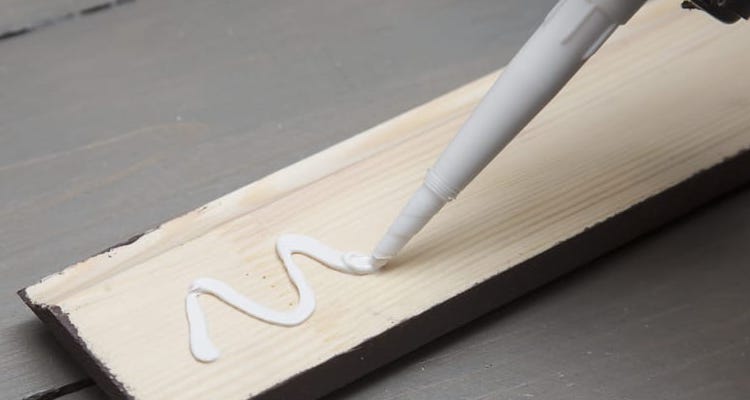What type of glue works best on…
Glue has been a useful tool for hundreds of thousands of years. And now with modern society’s innovations, we have found many more uses of it and the numerous varieties of formulas to choose from can be a bit tricky. Here are a few tips and tricks on how to properly use glue in your next project or repair.
1. Use the right type
The first step to deciding the correct glue to use is thinking about what kind of materials you’re working with. Different glues are made for different textures and there’s no point in purchasing a glue that won’t work specifically for what you’re trying to achieve. Consider the following to help you pick out the right glue:
Plastic: Craft glue, hot glue, spray adhesive, super glue, silicone adhesive, epoxy
Paper: Craft glue, hot glue, fabric glue, spray adhesive, rubber cement
Ceramic: Hot glue, super glue, silicone adhesive, epoxy, expansive glue
Wood: Hot glue, wood glue, rubber cement, epoxy, expansive glue
Glass: Hot glue, spray adhesive, silicone adhesive, epoxy, expansive glue
Fabric: Hot glue, fabric glue, spray adhesive, rubber cement
Styrofoam: Craft glue, hot glue, spray adhesive, rubber cement
Metal: Rubber cement, silicone adhesive, epoxy, expansive glue
Organic material: Craft glue, hot glue, spray adhesive, super glue, rubber cement, epoxy, expansive glue
2. Follow the instructions and read the hazards
Some glues like polyurethane can cause skin irritations and many others can pose as a health hazard when exposed to them for long periods of time. Handle glue the correct way by following the instructions on the packaging and be aware of its hazards. It’s also very important that you use the correct amount of glue. Remember, less is more. Be smart and use the correct tools to help you apply the glue if necessary.
3. Think of the color finish
Consider the materials you’re working with and if the glue’s color will have an impact when it dries down. Epoxy, for instance, dries dark gray and same goes for other adhesives. Again, read the glue labels carefully!
4. Be patient
It’s highly recommended to wait a full 24 hours for any heavy duty glue to set. Follow the directions accordingly and be patient before taking the next steps of your repair or project.
5. Store it properly
Make your glue last by storing it properly. Some glues aren’t cheap and can be used for a long time if it’s taken care of the right way. Be sure to clean up around the applicator and be sure to seal the cap tightly when not in use. Store in a cool, dry place and away from heat!

